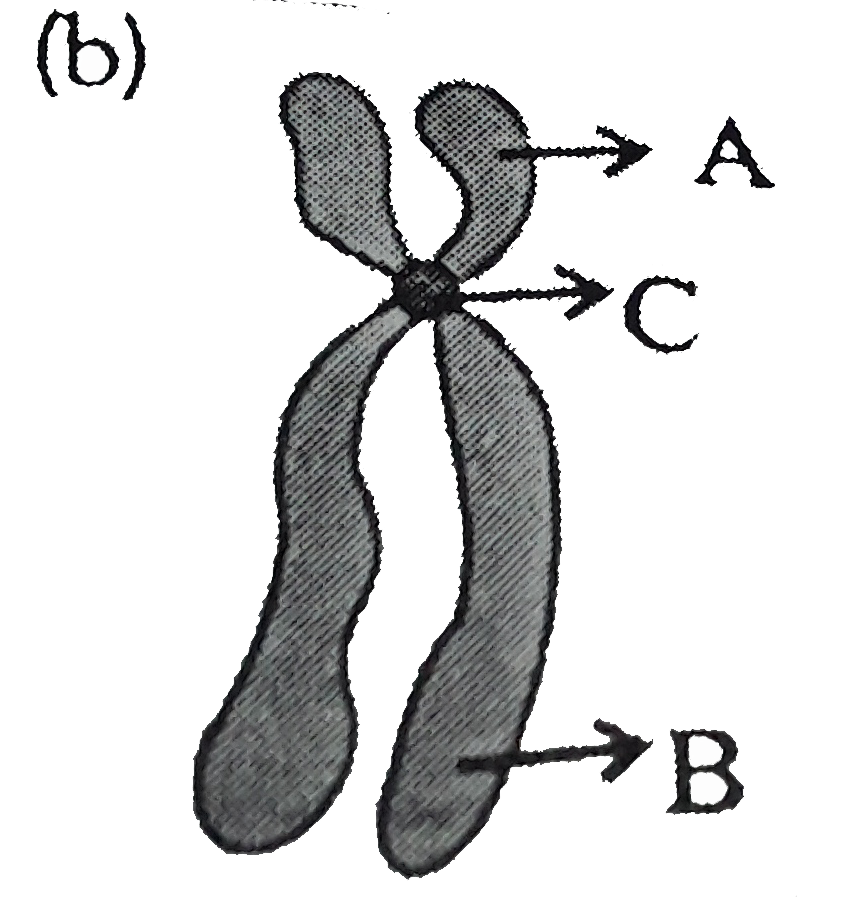The diagram given below shows a few parts of a cell.

State the difference between the parts labelled A and B on the basis of permeability.
Step by step video & image solution for The diagram given below shows a few parts of a cell. State the difference between the parts labelled A and B on the basis of permeability. by Biology experts to help you in doubts & scoring excellent marks in Class 9 exams.
Updated on:21/07/2023Topper's Solved these Questions
- ICSE EXAMINATION PAPER, 2020 Book:ICSEChapter:ICSE EXAMINATION PAPER, 2020 Exercise:Section II
Explore 65 Videos
- HYGIENE-[A KEY TO HEALTHY LIFE]Book:ICSEChapter:HYGIENE-[A KEY TO HEALTHY LIFE]Exercise:PROGRESS CHECK
Explore 13 Videos
- INTRODUCING BIOLOGY [SCOPE AND BRANCHES]Book:ICSEChapter:INTRODUCING BIOLOGY [SCOPE AND BRANCHES]Exercise:REVIEW QUESTIONS (D. LONG ANSWER TYPE)
Explore 1 Video
Similar Questions
The diagram given below shows a few parts of a cell.

Is it a plant or animal cell? Give a reason to support your answer.
View SolutionStudy the diagram given below and answer the questions that follow:

State the function of parts labelled as 3 & 4.
View SolutionStudy the diagram given below and answer the questions that follow :

State the purpose of part labelled as 4.
View SolutionIdentify the parts labelled in given diagrams:



View SolutionThe figure below shows the section of a cillia/flagella showing different parts labelled A and B select the correct labelled name ?

View SolutionIdentify the figure given below and the part labelled “A”.
View SolutionStudy the diagram given below and then answer the questions that follow :

Name the parts labelled 1, 2, 3 and 4.
View SolutionStudy the diagram given below and then answer the questions that follow:

Name the parts labelled 1 and 2. State the functions of each part.
View SolutionThe diagram given below represents a stage during mitotic cell division in an animal cell:-

Name the parts labelled 1, 2 and 3.
View SolutionStudy the diagram given below and then answer the question that follow :

Name the parts labelled 1,2,3 and 4.
View Solution